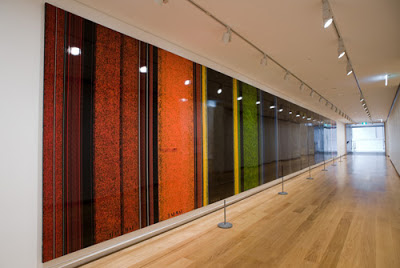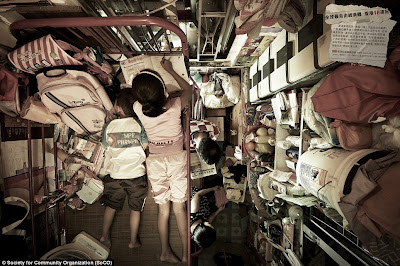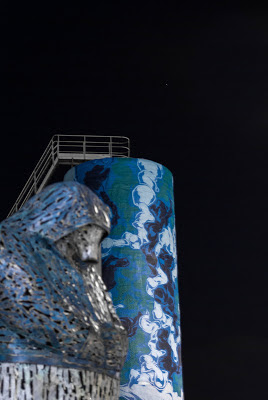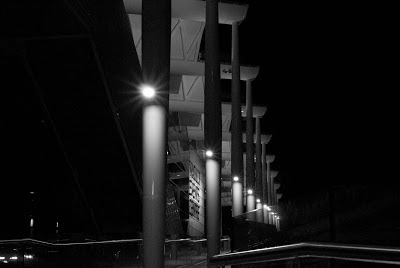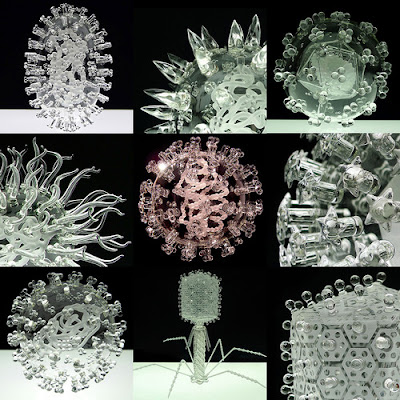Last evening I went to the Cuisine Magazine's Cheesefest at the Langham's Great Room which was, as the location may give away, rather fancy and well run. A surprisingly large throng of people went to this event, well placed as a mid-week wind down. Here are a few highlights:
Over the Moon Dairy Company was a standout among the many cheese brands showing at Cheesefest. A quirky label with a creative spirit - look at how many different types of cheese they have on display! Their casual but striking branding helps express their joy of cheese making with carefree graphite swirls and rows of text used as texture. Presented on black ceramic tiles, there was a real finish to their look.
As for the cheese, the black truffle brie was delish as was the goats cheese marinating in some oil with sundried tomato and herbs.
The award winning cheeses laid out on a centre piece. Thankfully the Cheesefest wasn't only cheese - there were other products too: sauces, ice creams, cordials, chorizo, etc. In particular the ginger lime kaffir ice cream and mascarpone date orange ice cream by Pure New Zealand ice cream was very well balanced - often such flavours are too overpowering. Keep an eye out for the other Cuisine Artisan Award winners.
The New Zealand Natural Cheese Company paired their award winning cheese with pineapple pieces with many people saying it was a fad in the 70s. So retro, but I wouldn't know it. Either way it was a great combo. They were also giving away snack size packets of their cheese too - you might see them on air planes.
Other notable mentions:
- - Puhoi Valley Fiddler's Hill fresh goats cheese was a rich salty feta-like cheese which looked like a block of dried coconut, flaky and snow white.
- - Puhoi Valley's rind cheese was a brilliant orange with the texture of the cheese coming through as white negative. Brilliant flavour too.
- - One of the first things we ate (which kind of set the bar) was the cranberry fruit pâté by Lowry Peaks on a cracker with a piece of soft white cheese. Age old combination is a classic. The fruit pâté is like a jam but more concentrated and solid so it requires less and delivers the fruity flavour more than sheer sweetness.
- - Kapiti Artisan Bakehouse completely convinced us with their garlic butter ciabatta - we went home with several.
Seems like Auckland has gotten real classy and cultural in recent years with more and more of these events showering the calendar. It's a real developing scene that tries to get the public more involved with the less accessible side of cuisine. Similar to the way NZ Fashion Week is now doing a 50/50 industry/public event. Looking forward to it!











